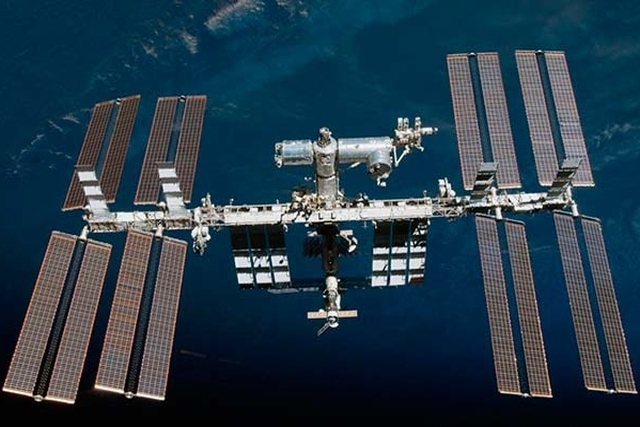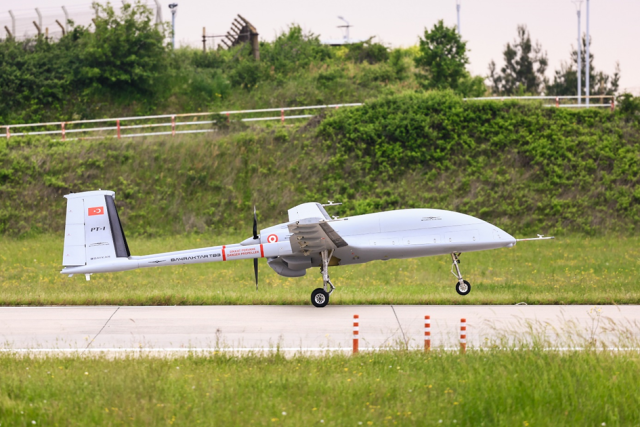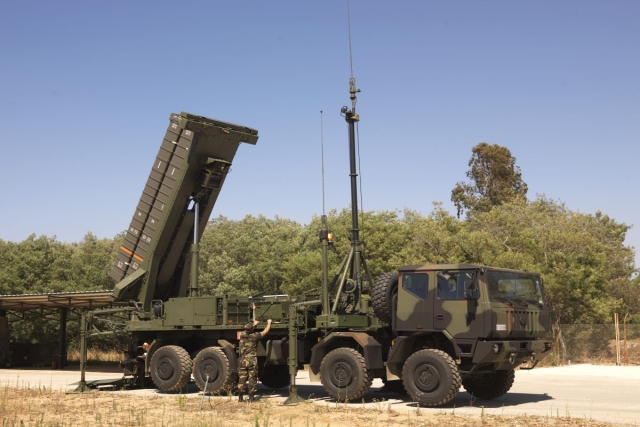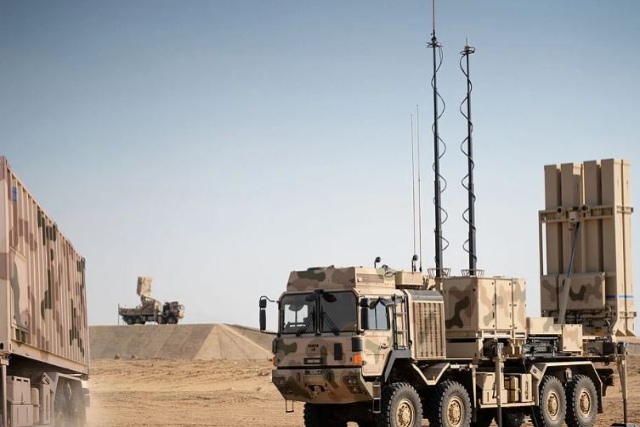China to Launch Core Module of Future Space Station into Orbit

China’s Tianhe (“Heavenly Harmony”) core module of the Chinese Space Station (CSS) is set to be hurtled into space aboard a Long March 5B rocket at the end of April, most likely on Thursday night.
The launch will take place from Wenchang Launch Center on the southern island of Hainan.
Humans have lived on a total of 11 such facilities in Earth orbit since the Soviet Union launched the first space station some 50 years ago.
The launch of the core module would be the first of 11 missions to build and supply the space station for a three-person crew. These launches will send up two more modules: four cargo supply shipments and four missions with crews.
China plans to complete the station’s assembly by the end of 2022. At that time the CSS will join the International Space Station (ISS) as the only fully operational space stations in orbit.
At least a dozen astronauts are said to be training to fly to and live in the station, including veterans of previous flights, newcomers and women.
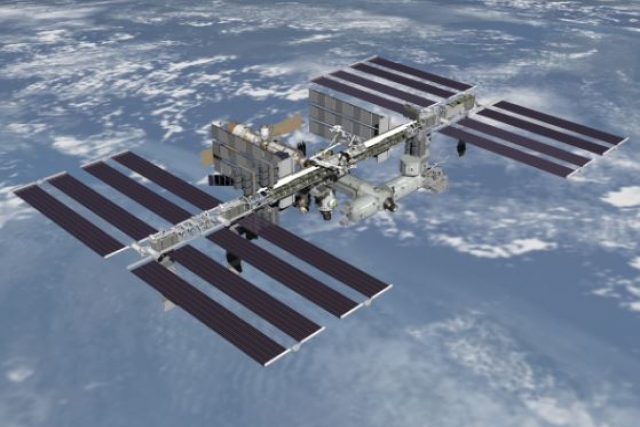
According to Space.com, the CSS has less than one fourth the mass of the ISS—the largest and most expensive human-made structure in space, which was cooperatively built by 15 nations.
Besides Tianhe, the T-shape 100-metric-ton CSS will comprise two 14.4-meter-long experiment modules, called Wentian (“Quest for the Heavens”) and Mengtian (“Dreaming of the Heavens”), which will be permanently attached to either side of the core.
As the station’s management and control center, Tianhe can accommodate three astronauts for stays of up to six months. Visiting astronauts and cargo spaceships will hook up to the core module from opposite ends. Both it and Wentian are equipped with robotic arms on the outside, and Mengtian has an airlock for the maintenance and repair of experiments mounted on the exterior of the station. Tianhe has a total of five docking ports, which means an extra module can be added for future expansion. The station is designed to operate for more than 10 years, the report said.
Construction of the CSS was officially approved in 2010. In 2017, a heavy-lift rocket experienced a launch failure in 2017, delaying the liftoff of Tianhe by more than a year.
The CSS will house 14 refrigerator-size scientific experiment racks and a few general purpose racks that provide power, data, cooling and other services to various research projects. There will also be more than 50 docking points for experiments that will be mounted on the outside of the station to study how materials react to space exposure. The science inside and out will include space physiology, life science, fluid physics, materials science, astronomy and Earth observation. So far, about 100 experiments have been selected from more than 800 domestic proposals. Some of them could start collecting data as early as next year.


